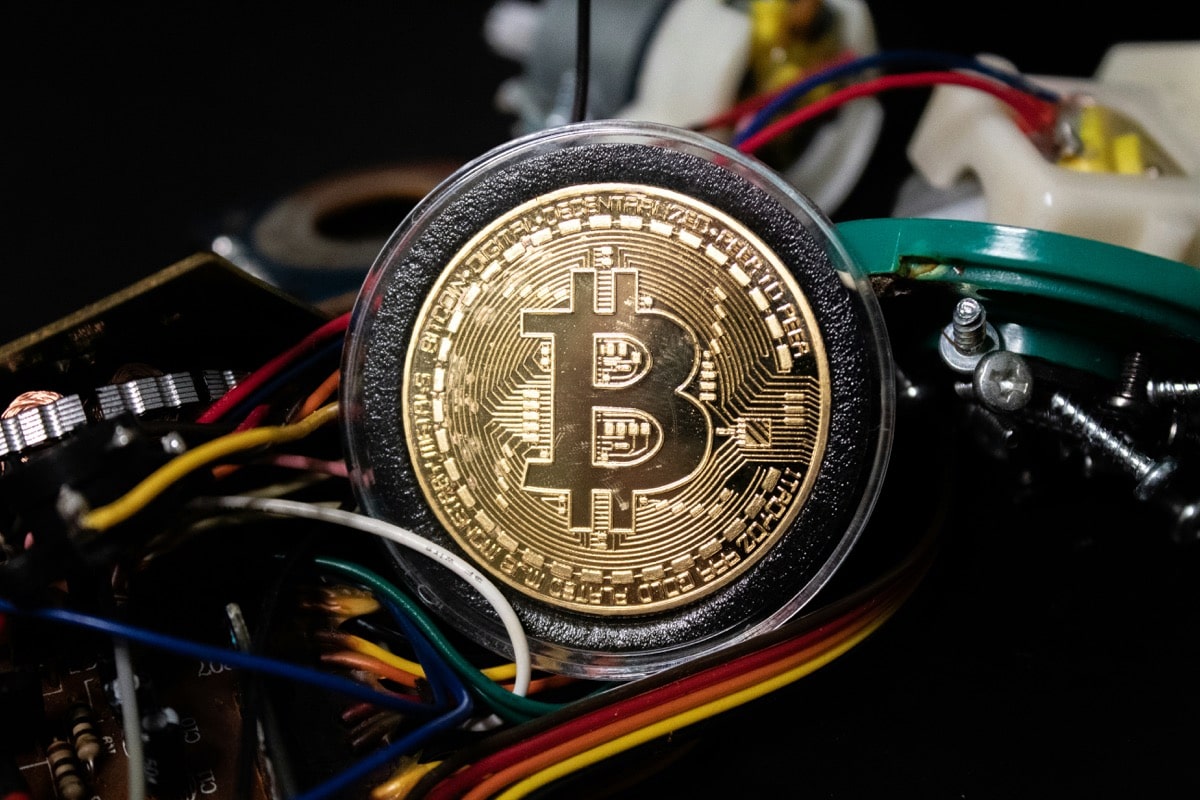A new project in Finland is utilising energy generated while Bitcoin mining to power local heating facilities.

Bitcoin mining infrastructure firm Hashlabs Mining has introduced a new project enabling specially designed Bitcoin mining devices to generate heat for local households in Finland.
Hashlabs Mining co-founder Jaran Mellerud announced the news in a post on X on April 23. He explained that heat will be generated in WhatsMiner M63S mining plants as hot water, which flows through underground pipes to individual buildings connected to the system. It replaces the heat generated with the help of fuels like biomass and other carbon-neutral heat sources, such as peat, hard coal, etc.
Mellerud said that Hashlabs’s local partner has already integrated two Bitcoin mines with district heating facilities and is currently integrating a third one. This district heating system heats multiple buildings from a single source.
The multi-purpose ASIC mining device designed specifically for this project — WhatsMiner M63S — is hydro-cooled. The water used to cool down WhatsMiner reaches 70 degrees Celsius, which is appropriate for district heating.
In 2023, 30% of district heating in Finland was generated with the help of forest fuelwood; 8% came from coal use, while natural gas and oil generated 6% and 3%, respectively. Peat also ranked among the most important energy sources in district heat production, generating 9% of the required energy.
Although the share of climate-neutral energy in Finnish district heating continuously grows, the country is looking for new ways to make a change. The concept of using the energy from Bitcoin mining for heating purposes has been gaining momentum lately, along with other ideas on how Bitcoin mining can not only be sustainable but also promote the global transition to renewable energy.
Earlier, Hashlabs implemented a Bitcoin mining facility in Ethiopia powered solely by renewable energy sources. The country can now use its 25% electricity production surplus to earn more money for the local economy and finance new electrical infrastructure development for its growing population.









